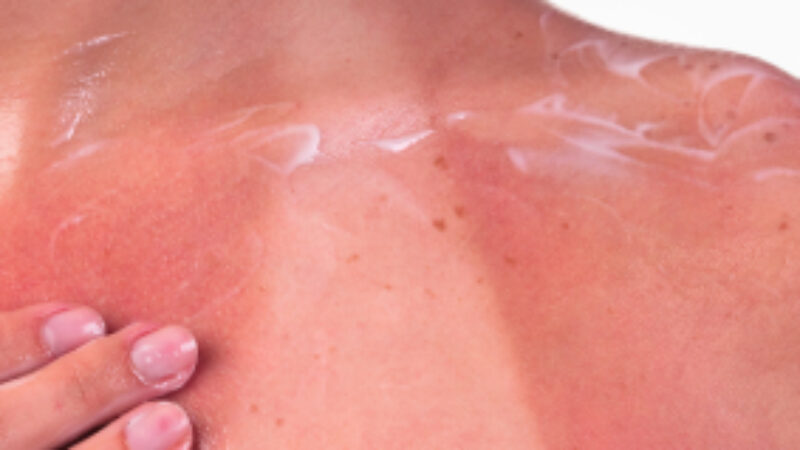If you have stretch marks, you’re in good company. Nearly 70% of women have them, and as many as 40% of the male population also carry stretch mark scarring. While stretch marks may cause anxiety, they aren’t serious unless associated with a medical condition. See a doctor if you are concerned.
What Causes Stretch Marks?
Appearing as off-colored marks that can be pink, white, red or purple, stretch marks may appear on any part of the body, but are common in areas such as the breasts, thighs, abdomen, upper arms and buttocks. Stretch marks are associated with:
- Rapid growth (puberty for example)
- Pregnancy
- Weight gain
- Body building
While stretching of the skin does contribute to a stretch mark, it’s not the only cause. Release of the hormone cortisol, which is often elevated during the instances above, affects the skin by preventing skin cells (fibroblasts) from forming collagen and elastin fibers that are necessary to help keep rapidly growing skin taut. The lack of a supporting structure formed by these two components leads to skin stretching and tearing of the dermis and epidermis. It’s believed that genetics, diet and possibly exercise may also play a role in the development of stretch marks.
How to Treat
Stretch marks tend to fade over time without treatment. While you may never be able to completely eradicate stretch marks, you can help to minimize their appearance.
- Use preventative medicine. Maintain a healthy weight to minimize your chances of developing stretch marks. Follow a reasonably healthy diet and be proactive in caring for your skin. Wear sunscreen daily without exception.
- Beware of “snake oil”. There are plenty of potions on the market claiming to prevent the development of stretch marks. For instance, there are no studies which show that vitamin E is effective in preventing scarring. Initial studies into vitamin E combined with madecassoside look promising, but it’s too early to say for certain. Save your money.
- Vitamin A: Research shows that tretinoin (e.g. prescription only Retin-A) can help to improve the appearance of stretch marks less than six weeks old and still pink or red in color. It works by boosting collagen production, making the stretch mark resemble normal skin. Retinol, as found in Green Cream, is an excellent non-prescription alternative. Tretinoin and retinol should never be used during pregnancy or when breastfeeding as they have serious side effects in developing babies.
- Vitamin C has multiple benefits. It not only boosts collagen production but can also help to brighten skin tone and minimize the appearance of scars. Only use a topical Vitamin C product which contains the active ingredient in its stable form, known as L-ascorbic acid. Other forms of the vitamin will not be effective. Consider apothekari Antioxidant Serum C/E/Ferulic Acid with 15% stable L-ascorbic acid.
- You may find that a dedicated scar treatment does the job. Dermatix and Mederma work effectively, though by different means, to reduce the appearance of scar tissue. La Roche Posay’s Cicaplast can help to speed skin’s healing process after surgical procedures, and may be of some help.
- Cosmetic procedures: microdermabrasion, chemical peels and laser therapy may all work to resurface scarred skin and stimulate collagen production, leading to new, healthier skin fibers. Check with a dermatologist to see if one of these might be right for you.
- Combination approach: Keep in mind that a combination approach is likely to be most effective. But use caution in using two products at the same time to avoid irritation. For instance, do not combine retinol with alpha hydroxy acids as the products together will be irritating. You may alternate the products, however, for maximum effectiveness.
The bottom line? While there is no magic bullet that can completely eliminate the scar tissue, our money is on retinol and vitamin C. These two ingredients have some science to back up their use.



